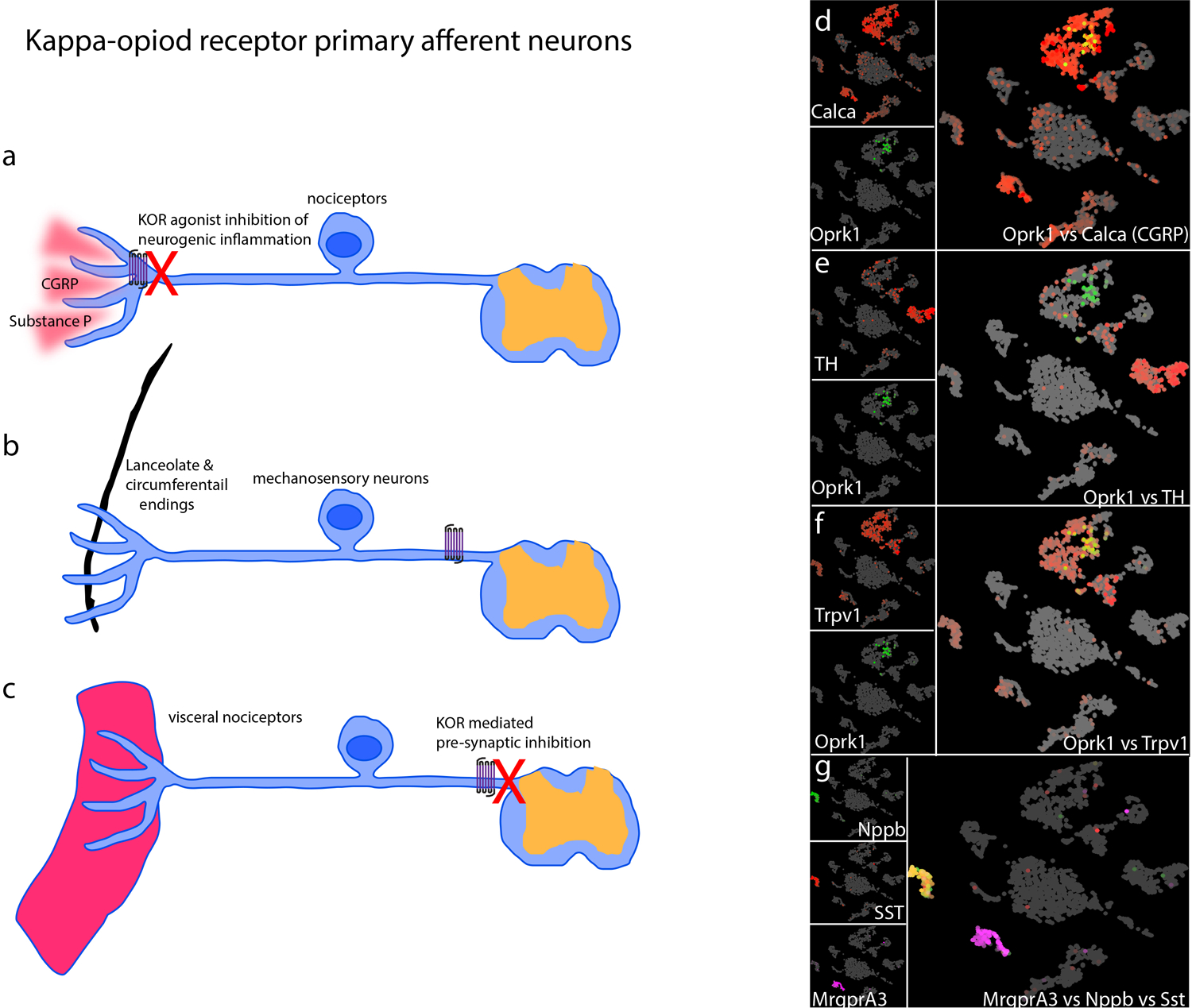Fig 1. KOR is expressed in multiple classes of DRG-neurons.

a-c) Schematics of the potential mechanisms by which KOR modifies nociception in primary sensory afferents. a) The majority of KOR expressing neurons co-express the neuropeptide CGRP and substance P. Upon activation these neurons can release these peptides from their nerve terminals. KOR agonists can attenuate this release and thereby suppress neurogenic inflammation. b) Mechanosensory neurons also express KOR. These neurons have terminal specializations that surround hair follicles including lanceolate and circumferential endings. c) A large number of KOR positive afferents project to visceral targets and kappa agonists reduce nociception from these fibers via pre-synaptic inhibition. d-g) Single-cell RNA-sequencing is a powerful method to comprehensively identify and classify neuronal subtypes. We re-analyzed publically available single-cell RNA-sequencing data from dorsal root ganglia (Zeisel et al. 2018). To visualize these high dimensional datasets, we used UMAP plots which cluster cells with the most similar gene-expression with each other and separates them from other clusters. Therefore, in this representation DRG neurons segregate into clusters where neurons with common transcriptomes are closest. Each cell in this analysis is represented as a dot (grey) with colored (red or green or magenta) gene expression superimposed. The individual gene name is displayed in the left-hand of each panel and co-expression is shown in the merged right panels. d) KOR (OprK1) and CGRP (Calca), e) KOR and Tyrosine kinase (TH), a marker of a subset of mechanosensory neurons, f) KOR and Trpv1, a marker of nociceptors, are co-expressed. g) Nppb and somatostatin (SST) are co-expressed, but are distinct from Mrgpra3-expressing neurons and neither of these two classes of primary afferent express KOR.
